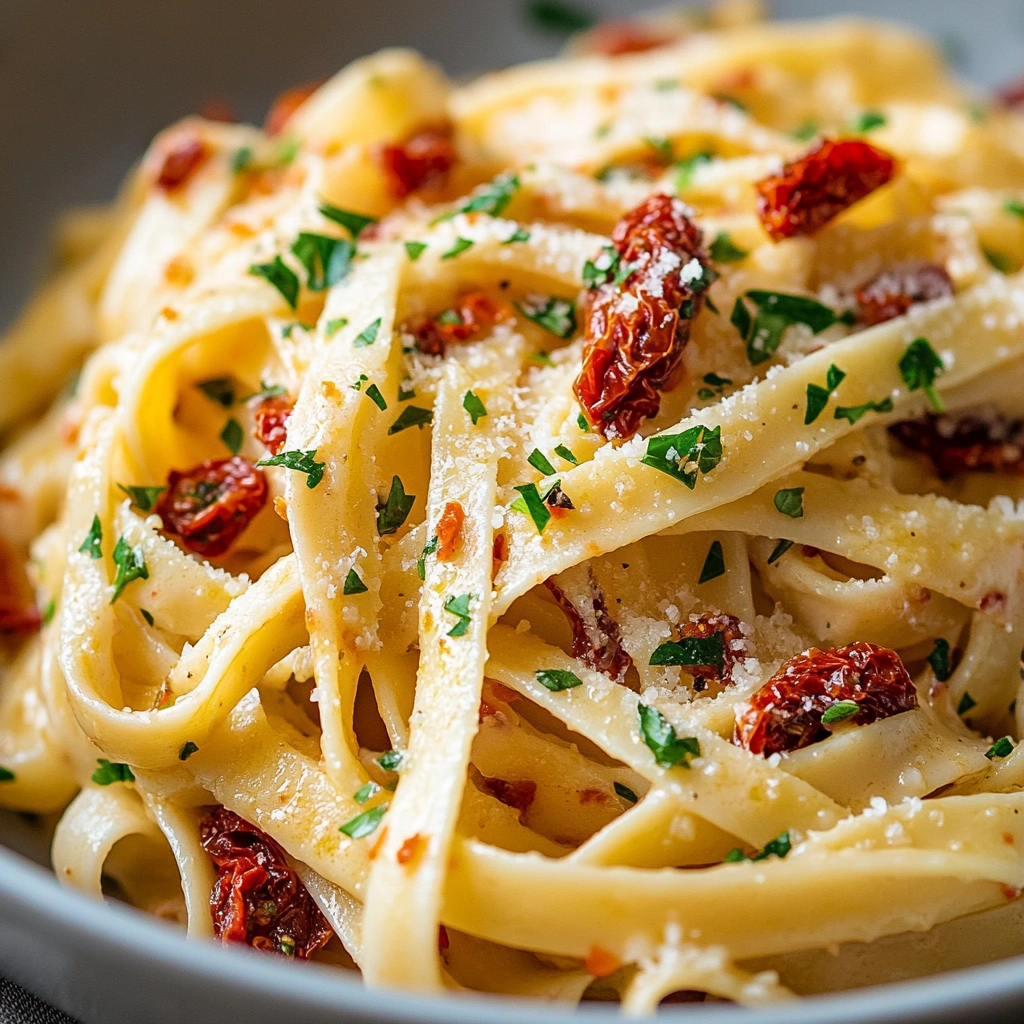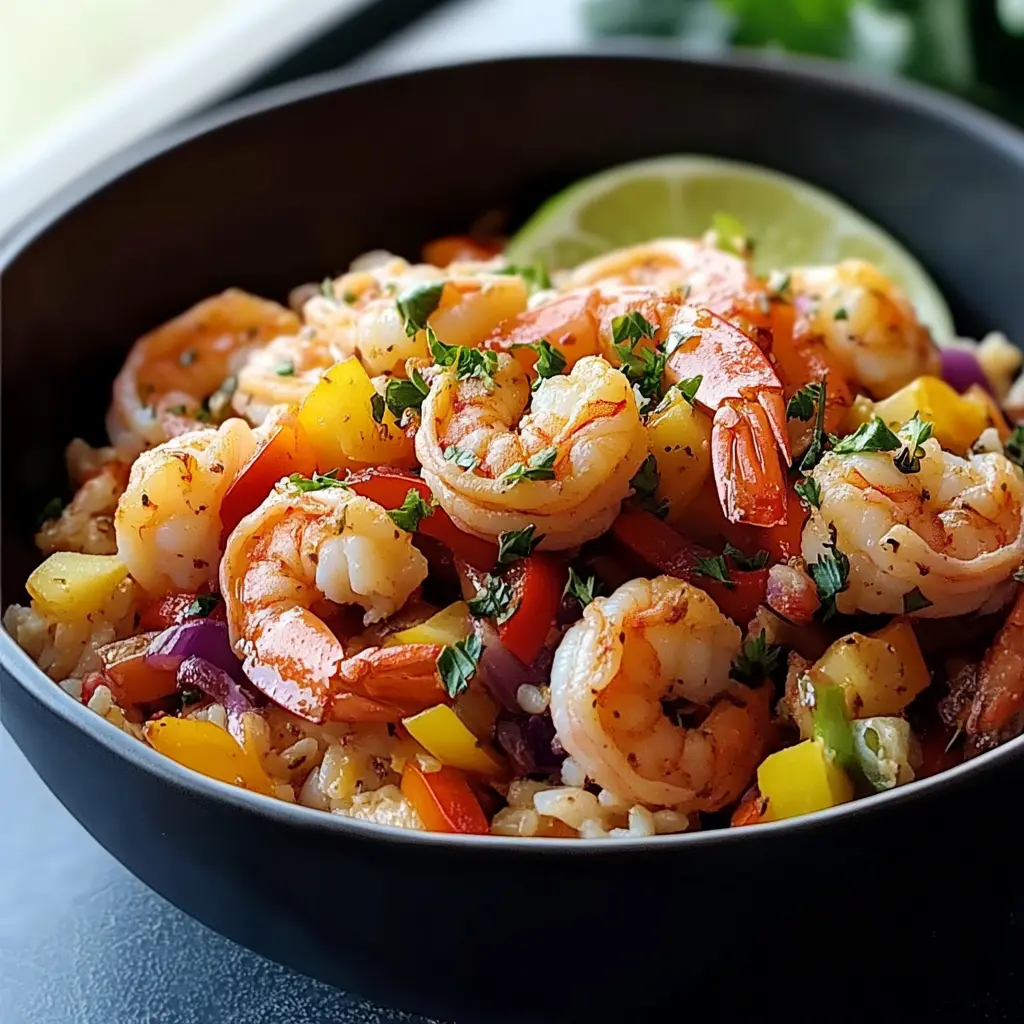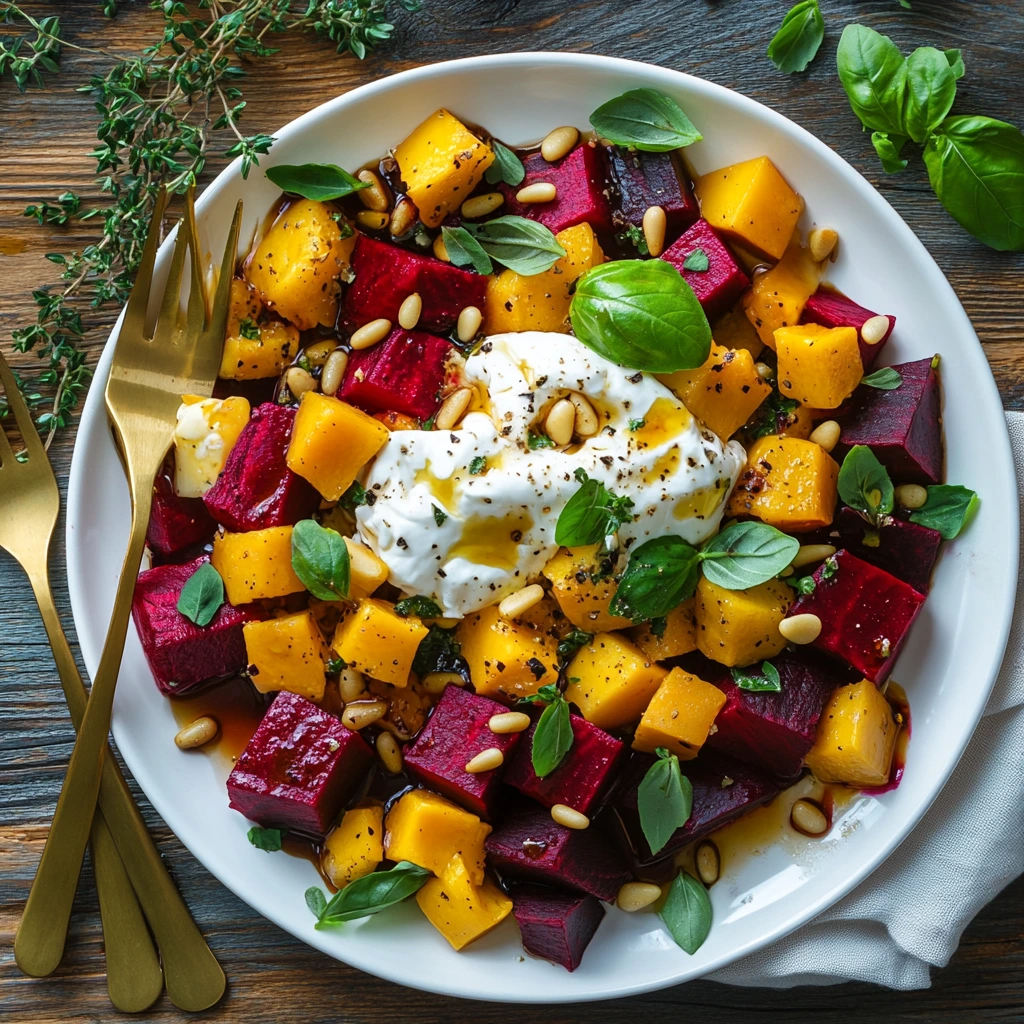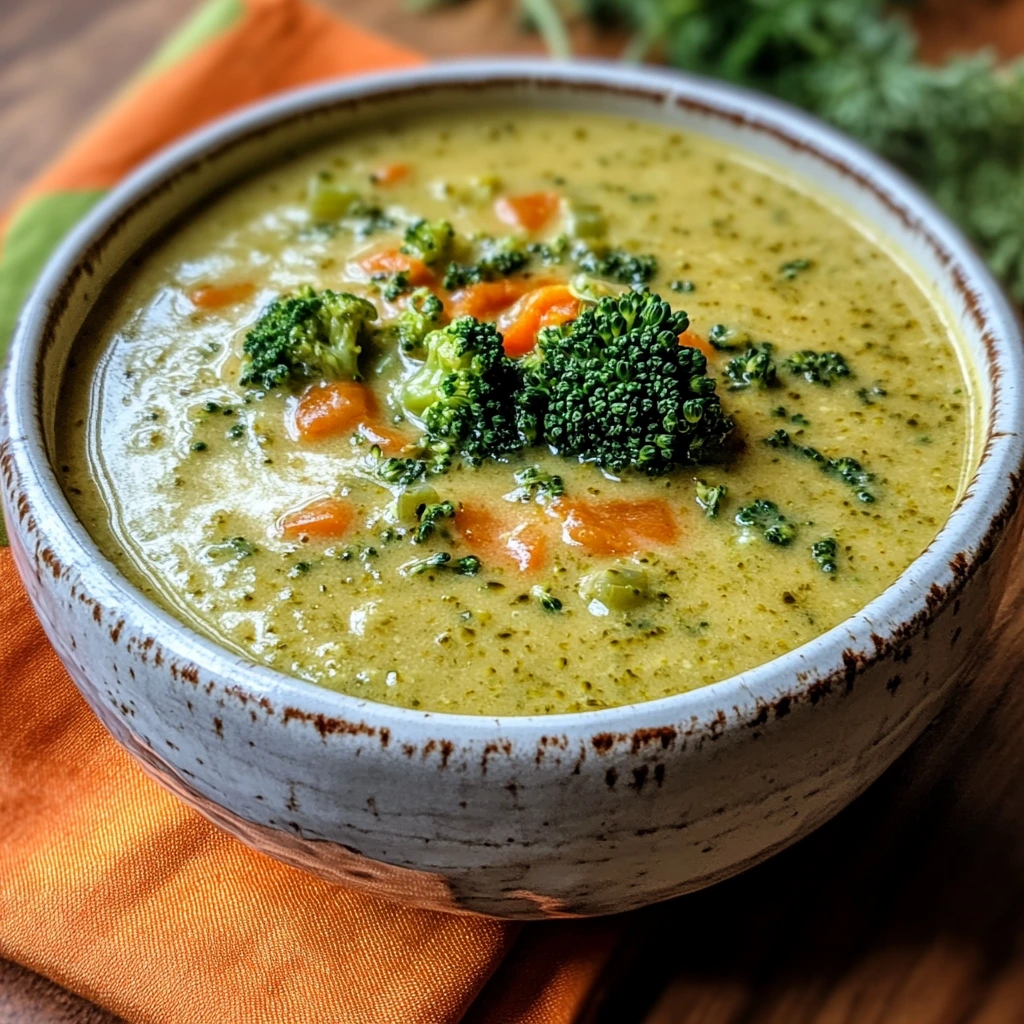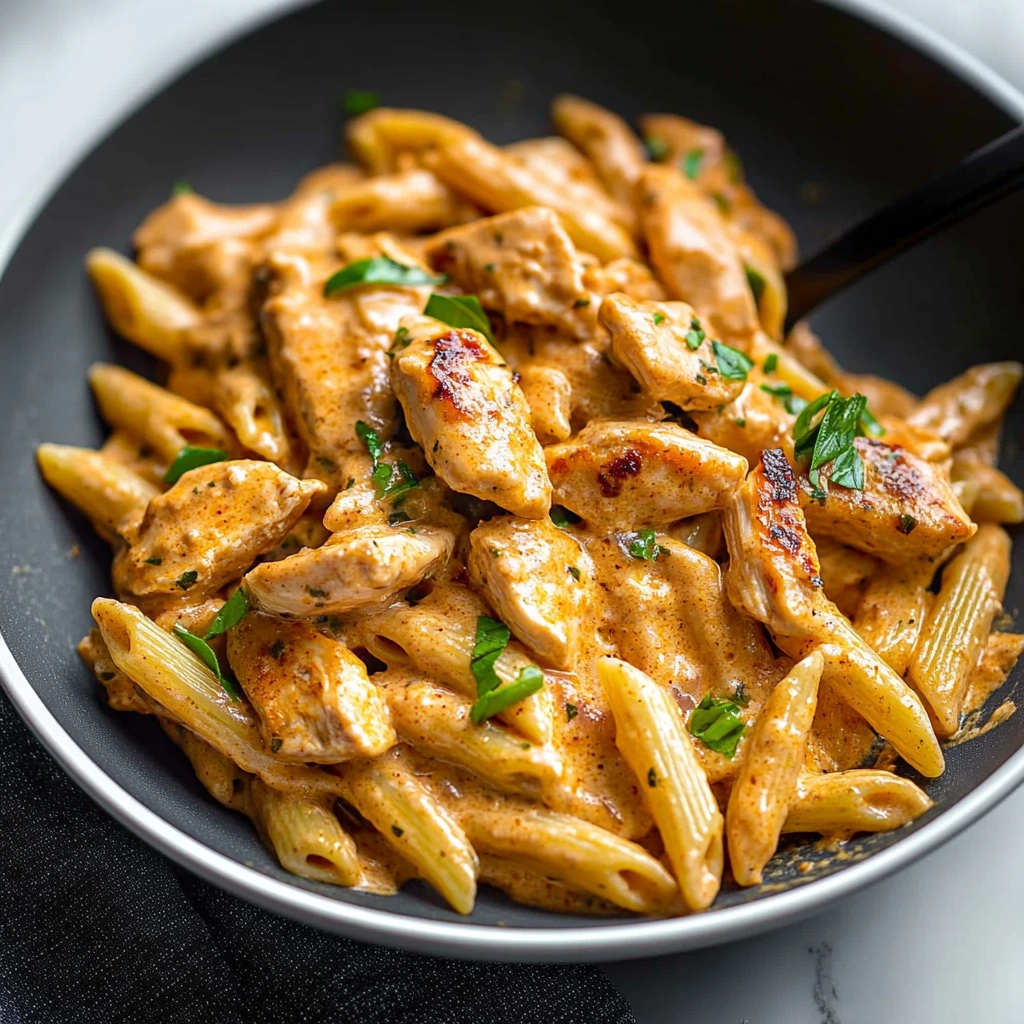Sun-dried tomato pasta is the kind of dish that instantly brings warmth, comfort, and a burst of Mediterranean flavor to the table. It’s rich, tangy, and slightly sweet—with the intense flavor of sun-dried tomatoes infusing every bite of pasta with savory goodness. Whether you’re whipping it up for a quick weeknight dinner or serving it as the star of a cozy dinner party, this dish delivers a satisfying balance of simplicity and sophistication.
What makes sun-dried tomato pasta so special is how it transforms a few humble ingredients into something that tastes like it came from your favorite Italian trattoria. Sun-dried tomatoes, preserved in oil or dried naturally, are packed with umami and add a depth of flavor that regular tomatoes just can’t match. When blended with olive oil, garlic, herbs, and a touch of cheese or cream (if you’re feeling indulgent), they create a luscious, silky sauce that clings beautifully to your favorite pasta.
This dish is incredibly versatile, too. It pairs well with chicken, shrimp, or roasted vegetables and can be made vegan or gluten-free with a few simple swaps. It also stores well, making it a great option for meal prep or leftovers.
Whether you’re a beginner in the kitchen or a seasoned home cook, sun-dried tomato pasta is a dish worth mastering. In this guide, we’ll walk you through everything you need to know—from the ingredients and cooking process to storage tips, variations, and more.
Why You’ll Love This Recipe
If you’re looking for a pasta recipe that’s easy, flavorful, and a little bit fancy without being complicated, sun-dried tomato pasta checks every box. This dish combines pantry staples with a few fresh ingredients to create a bold, satisfying meal in under 30 minutes. The sun-dried tomatoes bring a rich, tangy flavor that pairs beautifully with olive oil, garlic, parmesan, and fresh herbs. The result? A dish that tastes restaurant-worthy but requires minimal effort.
You’ll love how versatile this recipe is. It works with any pasta shape you have on hand—from penne to linguine—and can be made creamy or light depending on your mood. Add grilled chicken or shrimp for protein, or toss in spinach, mushrooms, or artichokes to amp up the veggies.
Best of all, it’s naturally vegetarian (and can easily be made vegan or gluten-free), making it a crowd-pleaser for dinner parties or meal prep. Whether you want a cozy night in or an impressive yet low-effort dish for guests, this pasta delivers. It’s bold, comforting, and guaranteed to earn a spot in your weekly rotation.
Ingredients You’ll Need
Here’s what you’ll need to make sun-dried tomato pasta. Most of these are pantry staples, but they come together to create bold, irresistible flavor:
Main Ingredients:
-
Sun-dried tomatoes: Oil-packed for the most flavor and convenience. If using dry-packed, rehydrate them in hot water before use.
-
Pasta: Penne, fettuccine, spaghetti, or fusilli work well. Choose your favorite!
-
Olive oil: A good quality extra virgin olive oil enhances flavor.
-
Garlic: Fresh garlic is key to building a strong flavor base.
-
Parmesan cheese: Grated, for a salty, nutty finish (use nutritional yeast for a vegan version).
-
Fresh basil: Adds brightness and a herby finish.
-
Chili flakes (optional): For a touch of heat.
-
Salt and pepper: To taste.
Optional Additions:
-
Cream or half-and-half: For a creamy variation.
-
White wine: Adds a little acidity and depth.
-
Protein: Grilled chicken, shrimp, or white beans for a heartier meal.
These ingredients are easily adjustable. You can add veggies like spinach or mushrooms, or swap in gluten-free pasta if needed. It’s flexible, so make it your own!
Step-by-Step Instructions
Follow these simple steps for a perfect bowl of sun-dried tomato pasta every time:
1. Prepare the Ingredients
Start by draining the sun-dried tomatoes (if oil-packed), reserving some oil for cooking. If using dry-packed tomatoes, soak them in hot water for 15–20 minutes until soft, then chop them finely. Mince the garlic and chop your basil.
2. Cook the Pasta
Bring a large pot of salted water to a boil. Add your pasta and cook according to package directions until al dente. Reserve about 1 cup of pasta water before draining.
3. Make the Sauce
In a large skillet over medium heat, warm 2–3 tablespoons of olive oil (or use the oil from the sun-dried tomatoes for extra flavor). Add the garlic and sauté for about 1 minute until fragrant, being careful not to burn it.
Add the chopped sun-dried tomatoes and cook for 2–3 minutes. If you’re using chili flakes or white wine, add them now and let the wine reduce slightly.
4. Combine Pasta and Sauce
Add the cooked pasta to the skillet along with a splash of the reserved pasta water. Toss everything together so the sauce coats the pasta. Add more water as needed to create a silky consistency.
Stir in grated parmesan (or a vegan alternative), chopped basil, and season with salt and pepper to taste.
5. Serve and Enjoy
Serve hot, topped with extra cheese, basil, and a drizzle of olive oil. Add grilled chicken, shrimp, or roasted veggies if desired.
Cooking Tips and Techniques
To make the best sun-dried tomato pasta, keep these tips in mind:
-
Use oil-packed sun-dried tomatoes: They’re softer, more flavorful, and often come with herbs and spices that add depth to your sauce. You can also sauté with the infused oil for extra richness.
-
Save your pasta water: This starchy water is gold! Adding a splash while tossing the pasta helps emulsify the sauce, creating a creamy texture without any added cream.
-
Don’t overcook garlic: Burned garlic turns bitter fast. Sauté it gently for just a minute or two to release its aroma and flavor.
-
Finish cooking pasta in the sauce: Tossing the pasta in the sauce over heat helps it absorb more flavor and melds everything together beautifully.
-
Balance the acidity: Sun-dried tomatoes are tangy. If your sauce is too sharp, add a pinch of sugar or a splash of cream to mellow it out.
-
Garnish with fresh herbs: A sprinkle of basil or parsley right before serving adds a fresh, vibrant finish.
These small techniques make a big difference in the final flavor and texture of the dish!
Variations of the Recipe
Sun-dried tomato pasta is endlessly adaptable. Here are some delicious variations to suit your taste or dietary needs:
1. Creamy Sun-Dried Tomato Pasta
Add ½ cup of heavy cream or coconut milk to the sauce for a richer, velvety texture. Let it simmer for 3–5 minutes before adding the pasta.
2. Protein Boost
Toss in grilled chicken, shrimp, or even sautéed Italian sausage for a heartier meal. Chickpeas or white beans also work well for a vegetarian protein option.
3. Vegan Version
Use dry pasta, oil-packed sun-dried tomatoes, and swap parmesan with nutritional yeast or a vegan cheese alternative. Coconut cream adds body without dairy.
4. Gluten-Free Adaptation
Use gluten-free pasta and ensure your sun-dried tomatoes and other ingredients are gluten-free certified.
5. Mediterranean Twist
Add kalamata olives, capers, artichoke hearts, or feta cheese for a salty, briny twist. This version pairs wonderfully with white wine or lemon zest.
6. Spicy Kick
Add a pinch (or more) of red pepper flakes or a splash of hot sauce to give it a fiery edge.
Nutritional Benefits of Sun-Dried Tomatoes
Sun-dried tomatoes are more than just a burst of rich, tangy flavor—they’re a concentrated source of vital nutrients and powerful antioxidants. When fresh tomatoes are dehydrated, their nutrients become more concentrated, making sun-dried tomatoes a surprisingly nutritious addition to any dish.
1. Packed with Essential Vitamins and Minerals
Sun-dried tomatoes are rich in vitamins C, A, and K, all of which play key roles in immune support, vision health, and blood clotting. They’re also an excellent source of iron, magnesium, and potassium, which help maintain healthy blood pressure, muscle function, and energy levels.
2. Antioxidant Powerhouse
One of the standout compounds in sun-dried tomatoes is lycopene, a powerful antioxidant linked to reduced risks of heart disease and certain cancers. In fact, the drying process boosts lycopene concentration, making these tomatoes even more beneficial than their fresh counterparts in this regard.
3. High in Fiber, Low in Fat
With around 3 to 4 grams of fiber per 100 grams, sun-dried tomatoes support digestive health and help keep you full longer. They’re also naturally low in fat, making them a smart choice for flavoring meals without unnecessary calories.
4. Watch the Sodium
One caution: oil-packed or jarred sun-dried tomatoes can be high in sodium. If you’re watching your salt intake, opt for low-sodium varieties or rinse them briefly before using.
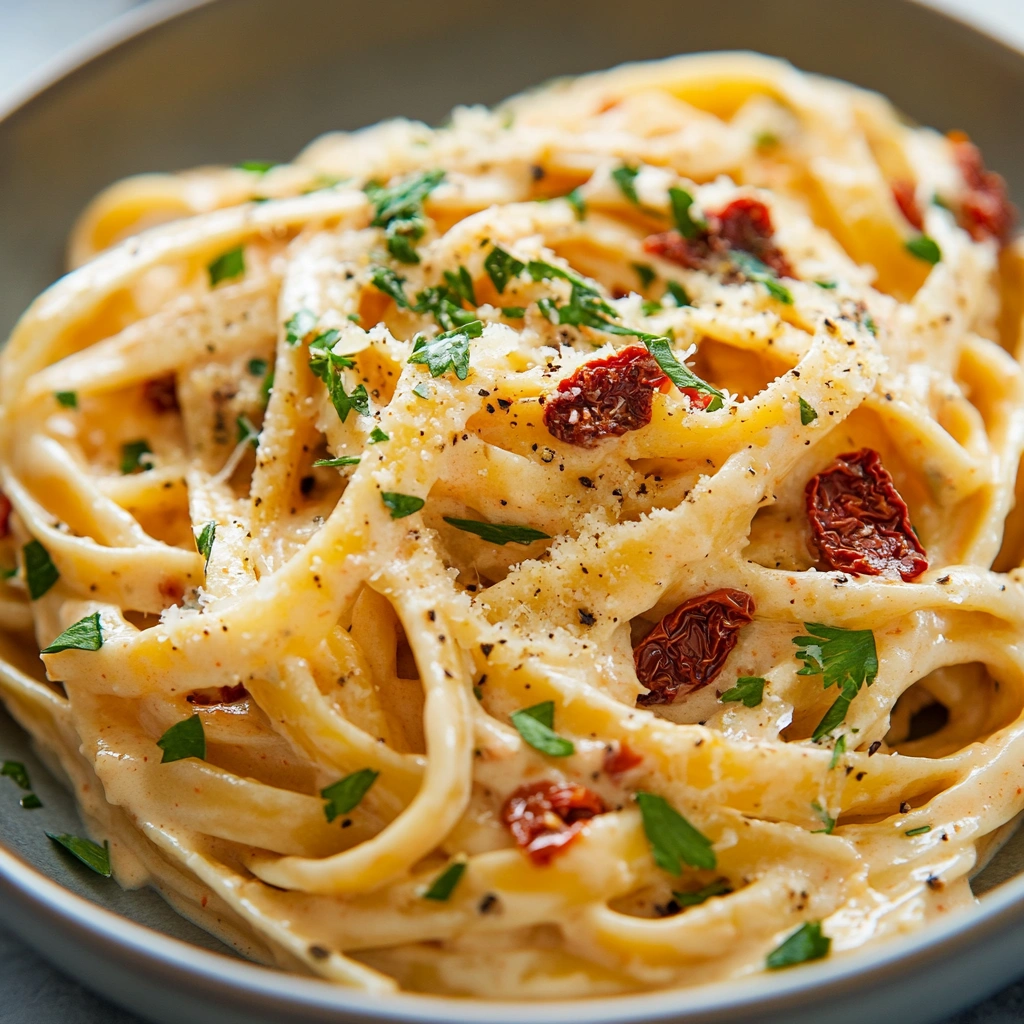
How to Store & Reheat Leftovers
Properly storing and reheating your sun-dried tomato pasta ensures it stays safe to eat and retains its delicious flavor and texture.
Storage Tips:
After cooking, allow the pasta to cool to room temperature before storing. Place it in an airtight container and refrigerate within two hours of cooking. Stored properly, it will last for 3 to 5 days in the fridge. For longer storage, transfer the pasta to a freezer-safe container or bag. Add a light drizzle of olive oil to help preserve moisture, then freeze for up to 3 months.
Reheating Tips:
To reheat, avoid the microwave if possible, as it can cause the sauce to separate or the pasta to turn mushy. Instead, use a skillet over medium heat. Add a splash of water, broth, or olive oil to loosen the sauce and restore creaminess. Stir frequently to prevent sticking. If using the microwave, heat in short intervals and stir in between for even warming.
Common Mistakes to Avoid
Even the best ingredients can fall flat if handled improperly. Here are some common mistakes to avoid when working with sun-dried tomatoes in pasta recipes.
Using Too Many Sun-Dried Tomatoes:
They have an intense, concentrated flavor. Using too many can overpower the dish. A small amount goes a long way.
Skipping Preparation Steps:
If using dry-packed sun-dried tomatoes, failing to soak them in hot water can result in a tough, chewy texture. For oil-packed versions, not draining or patting off excess oil can make the dish overly greasy.
Unbalanced Flavors:
Sun-dried tomatoes are rich and tangy. Without fresh herbs, lemon juice, or something creamy to balance them, the dish can taste one-dimensional.
Overcooking the Pasta:
Pasta should be cooked al dente to hold up to reheating and prevent a mushy texture. Avoid overboiling, especially if you’re planning to store leftovers.
Ignoring the Oil:
If using sun-dried tomatoes in oil, don’t toss the oil—it’s packed with flavor. Use it to sauté garlic or onions for an easy flavor boost.
Being aware of these pitfalls can help you create a well-balanced, flavorful pasta dish every time.
Pairing Suggestions
Sun-dried tomato pasta is versatile and pairs well with a variety of ingredients and sides to create a complete meal.
Pasta Types:
This rich sauce clings best to short, ridged pasta shapes like penne, rigatoni, fusilli, or farfalle. These shapes hold the sauce better than long, slippery noodles like spaghetti.
Proteins:
Add grilled chicken, shrimp, or Italian sausage for a heartier meal. For a vegetarian option, roasted chickpeas or white beans add texture and protein without overpowering the tomato flavor.
Vegetables and Add-Ins:
To balance the tangy richness of sun-dried tomatoes, mix in ingredients like spinach, artichokes, mushrooms, or roasted bell peppers. Crumbled goat cheese or feta adds a creamy contrast.
Side Dishes:
Serve with a simple arugula salad dressed in lemon vinaigrette for a fresh, peppery bite. A slice of crusty bread or focaccia makes a great addition for sopping up any leftover sauce.
Wine Pairings:
Pair with a light red wine like Chianti, a dry rosé, or a Sauvignon Blanc to complement the acidity and richness of the tomatoes.
These pairing ideas make it easy to round out your meal while enhancing the flavors of the pasta.
FAQs Section – Based on “People Also Ask”
Q1: Can you eat sun-dried tomatoes straight from the jar?
Yes, oil-packed sun-dried tomatoes can be eaten directly from the jar. They’re fully preserved and ready to use as-is. They make a flavorful snack or topping for salads, sandwiches, and pastas. If you prefer a lighter taste, you can gently blot them with a paper towel to remove excess oil before eating.
Q2: What pasta goes best with sun-dried tomato sauce?
Short, sturdy pastas like penne, rigatoni, and fusilli work best. Their grooves and curves help trap the rich, thick sauce for better flavor in every bite. Whole wheat or legume-based pastas also pair well and add extra fiber and protein.
Q3: How long does sun-dried tomato pasta last in the fridge?
Stored properly in an airtight container, sun-dried tomato pasta can last 3 to 5 days in the refrigerator. Always check for any off smells, discoloration, or texture changes before reheating. If you’re unsure, it’s best to discard it.
Q4: Is this recipe healthy?
Yes, especially when made with whole grain pasta and lean proteins. Sun-dried tomatoes are nutrient-dense and low in fat. Watch the sodium content, especially if using jarred tomatoes or store-bought sauces. Adding vegetables and skipping heavy cream can also make it lighter.
Q5: Can I make this recipe vegan or gluten-free?
Absolutely. For a vegan version, use dairy-free cheese or a splash of cashew cream. To make it gluten-free, substitute with gluten-free pasta like brown rice, quinoa, or lentil-based varieties. Nutritional yeast can add a cheesy, savory flavor without any dairy.

Sun-Dried Tomato Pasta
Description
This sun-dried tomato pasta is a flavorful, easy-to-make dish packed with bold Mediterranean flavors and wholesome ingredients. Featuring rich sun-dried tomatoes, garlic, and your favorite pasta, it comes together in under 30 minutes and is perfect for busy weeknights or meal prep. Whether you’re adding protein like grilled chicken or keeping it vegetarian, this recipe is both flexible and satisfying. Plus, it reheats well—perfect for leftovers!
Ingredients
- 4 servings gluten free fettuccine
- 4 garlic cloves minced
- 10 sun dried tomatoes chopped
- 1 tbsp italian seasoning
- 1 tbsp balsamic vinegar
- 3 tbsp tomato paste
- 2 cups cherry tomatoes
- 1 cup water or vegetable broth
- 7 oz full fat canned coconut milk thick cream only half of a can
- 3 tbsp nutritional yeast
- salt and pepper to taste
- 2 cups baby arugula
- ½ cup flat leaf parsley chopped
- vegan parmesan optional
Instructions
- Cook Pasta: Boil water in a pot and cook gluten-free fettuccine according to package instructions until al dente.
-
Sauté Aromatics: In a heated skillet, add water, broth, or oil. Sauté garlic and sun-dried tomatoes for 2 minutes, adding water as needed.
- Caramelize Flavors: Mix in Italian seasoning, balsamic vinegar, and tomato paste. Cook for 2-3 minutes until caramelized.
- Simmer Sauce: Add cherry tomatoes and water to the skillet. Cover and cook for 3-4 minutes until tomatoes are soft, then smash them with a spoon.
- Stir in coconut milk and nutritional yeast, seasoning with salt and pepper. Simmer for 5-10 minutes until thickened.
- Combine Pasta and Sauce: Drain pasta and add it to the skillet. Toss with arugula until well combined.
- Serve: Top with parsley and optional vegan parmesan before serving.
Notes
-
Storage: Store leftovers in an airtight container in the refrigerator for up to 5 days. For longer storage, freeze in a sealed container for up to 3 months.
-
Reheating: Reheat gently on the stovetop with a splash of water, broth, or olive oil. Avoid the microwave if possible to preserve texture.
-
Vegan Option: Use dairy-free cheese or omit cheese entirely. Nutritional yeast adds a nice cheesy flavor.
-
Gluten-Free Option: Swap in your favorite gluten-free pasta. Brown rice or lentil-based pastas work especially well.
-
Optional Add-ins: Try spinach, artichokes, mushrooms, olives, or grilled chicken for added protein and flavor.
-
Pasta Types: Best with short pastas like penne, rigatoni, or fusilli that hold onto the sauce.
-
Flavor Boost: Use the oil from the jarred sun-dried tomatoes to sauté garlic or vegetables for an extra depth of flavor.
w


